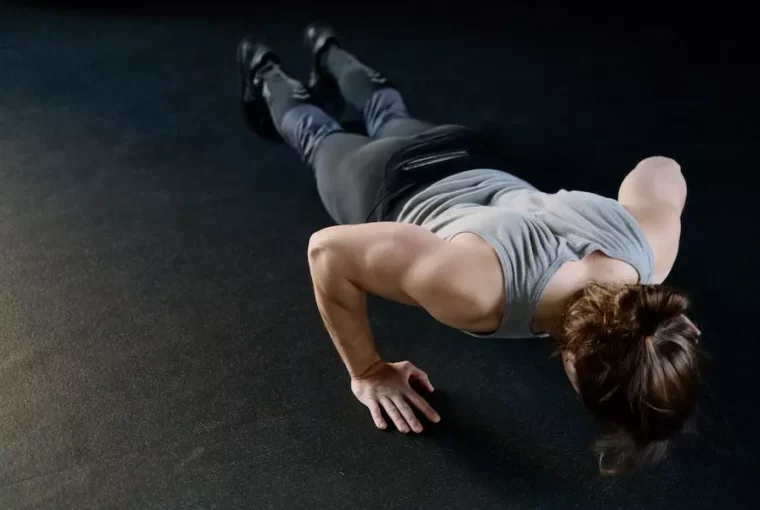Most diet and exercise programs are developed based on how men’s bodies respond to a program and are a one-size-fits-all model. Unfortunately, this approach to exercise is insufficient for many people, especially women.
Women’s bodies have fundamental differences compared to men’s bodies, especially in regards to how different hormones impact their exercise and diet.
Understanding Women’s Bodies
In order to best understand how a woman’s body is different, it is important to be familiar with the menstrual cycle. A menstrual cycle is not the 4-8 day window when a woman menstrates, but is actually the 26-34 day cycle in which her hormones change. Throughout the cycle, specific hormones are released that impact the varying needs of a woman’s body.
An important aspect of the developing female body is the importance of starting to exercise from a young age. The female body hits peak bone density level by the age of 16. In order to help build and then maintain bone density – plus, stave off the negative impact of age and threat of osteoporosis – it’s important to engage in resistance and strength training exercises.
Building muscle and bone strength are just the beginning of understanding the female body, and helping to shape it into a healthy and well-functioning system. An additional resource that can help create a healthy lifestyle and body is working with a personal trainer. A trainer can teach you proper workout routines by focusing on form, function, and goals.
According to Nathan DeMetz, ISSA-Certified Personal Trainer, “Personal trainers do cost some money, but it’s important to see it as an investment. This is your body, your health, and your sense of wellbeing at stake – and it pays to have a pro working with you.”
Follicular Phase: The follicular phase constitutes the first day of a woman’s cycle and can last up to two weeks. Ironically, this is when her hormones are most stable and similar to her male counterpart. At the end of this phase, hormones like estrogen begin to rise and increase a woman’s energy levels.
At this point in her cycle, a female will be able to exercise hard and lift heavier than other times in her cycle. It’s suggested that heavy weight-lifting and HIIT (high intensity interval training) workouts are best during this time.
It is important to note that the beginning of a cycle is the best time to also implement new routines and diets, as a woman’s hormones are most aligned with sticking to them.
Ovulation: Ovulation is the phase in a woman’s cycle where her egg prepares to drop down into the uterus – it lasts 3-5 days. This is a time when a woman is most social, energized, and feels her most confident. Her estrogen levels have hit an all-time peak level, before they begin to drop off after ovulation.
With high confidence and increased energy levels, women are more likely to hit their best personal records in weightlifting, and are able to challenge themselves more physically.
The workout routines that a woman should follow at this time in her cycle are similar to during the follicular phase.
Luteal Phase
During this phase of the menstrual cycle, that lasts for about 10 days, the progesterone levels in a woman begin to rise. Progesterone elevates a woman’s heart rate and also her body temperature, putting added strain on her body.
The luteal phase is the time that women should not engage in heavy and hard workouts, as they are more difficult to perform. Additionally, the presence of progesterone reduces the protein regrowth in your muscles, making muscle recovery more difficult.
It is recommended to engage in more moderate exercise during this phase, including brisk walks, hikes, and yoga. It is important to recognize that the female body tends to need an additional 300 calories a day during this time as she prepares for uterine shedding.
To help prepare the body, it is recommended that women increase their iron intake, which counteracts the negative impact of blood loss. It is also recommended that women increase their magnesium levels to help limit menstrual cramping.
Conclusion
Armed with this knowledge of the female body, and working within its parameters and needs, women can begin to build a more healthy, hormonally-balanced, and happier body. Also, by utilizing trainer-provided resources and pairing them with knowledge of the female body, women will be able to better meet the needs of their bodies.




